Today we are talking about how to stop a Great Dane jumping up. These are large dogs that can easily hurt somebody, even if their intentions are friendly.
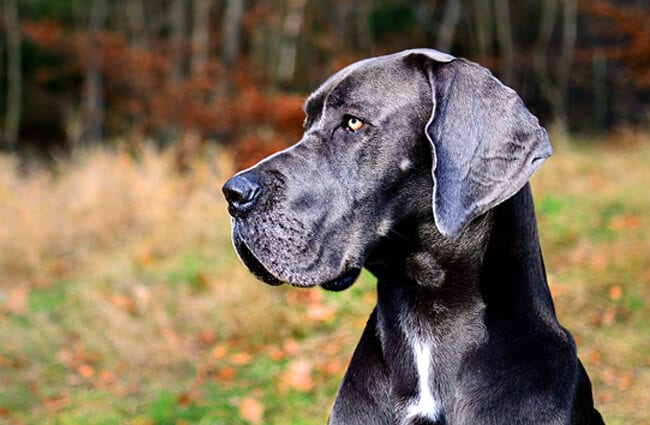
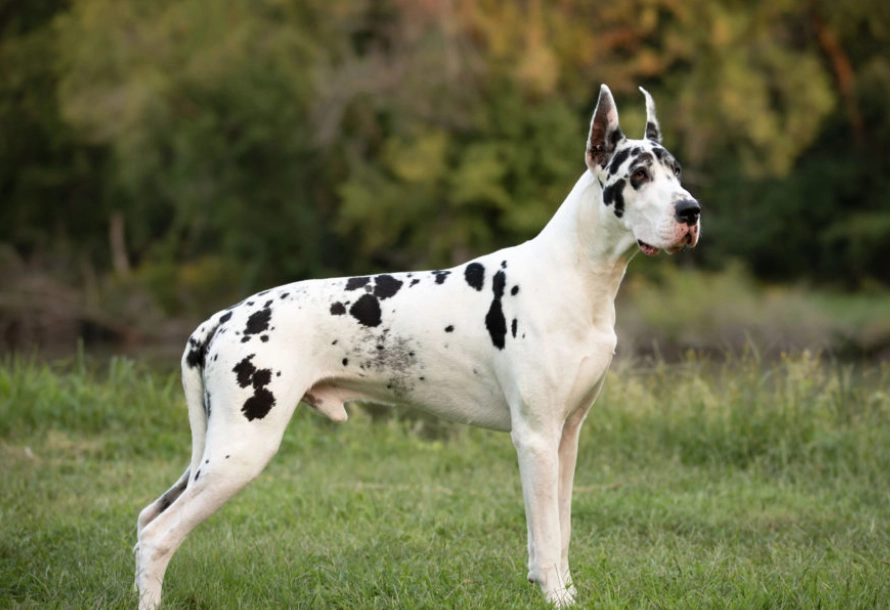
This behavior is often based in excitement and friendliness but it must be discouraged.
Does your Great Dane jump:
- On you or kids?
- All over guests or strangers?
- Over and onto other dogs?
It’s time to put a stop to jumping once and for-all! Read on.
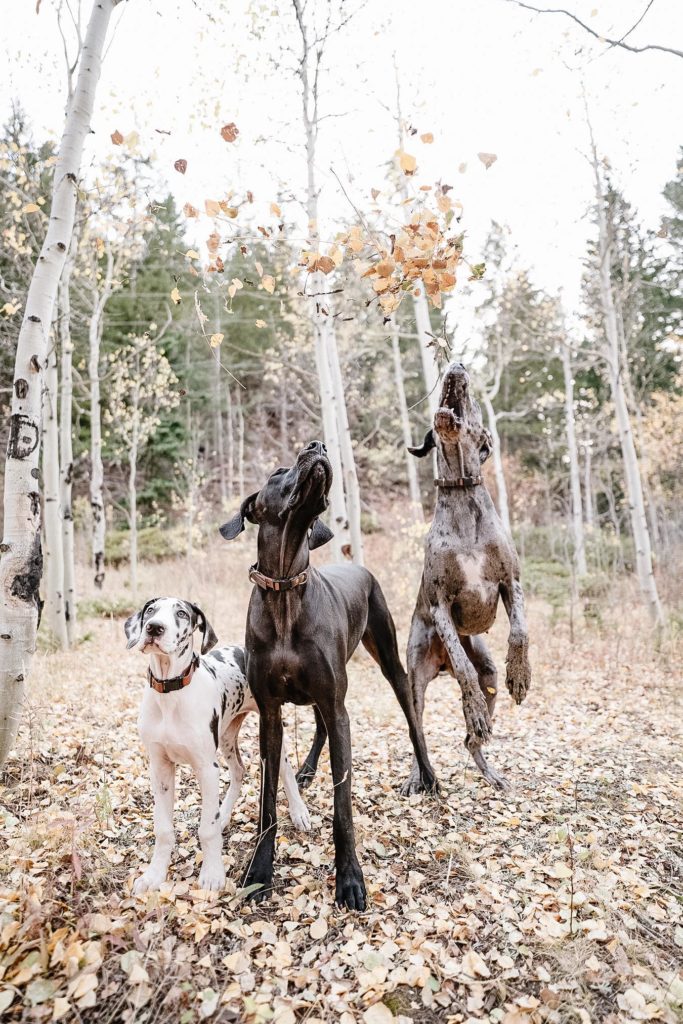
HOW TO STOP A GREAT DANE JUMPING UP
Jumping up is frustrating, however it does not have to be. We’re going to make this very simple:
To stop jumping, you must do three things:
a. Manage the behavior
b. Teach and reward the correct behavior
c. Make the incorrect behavior less rewarding
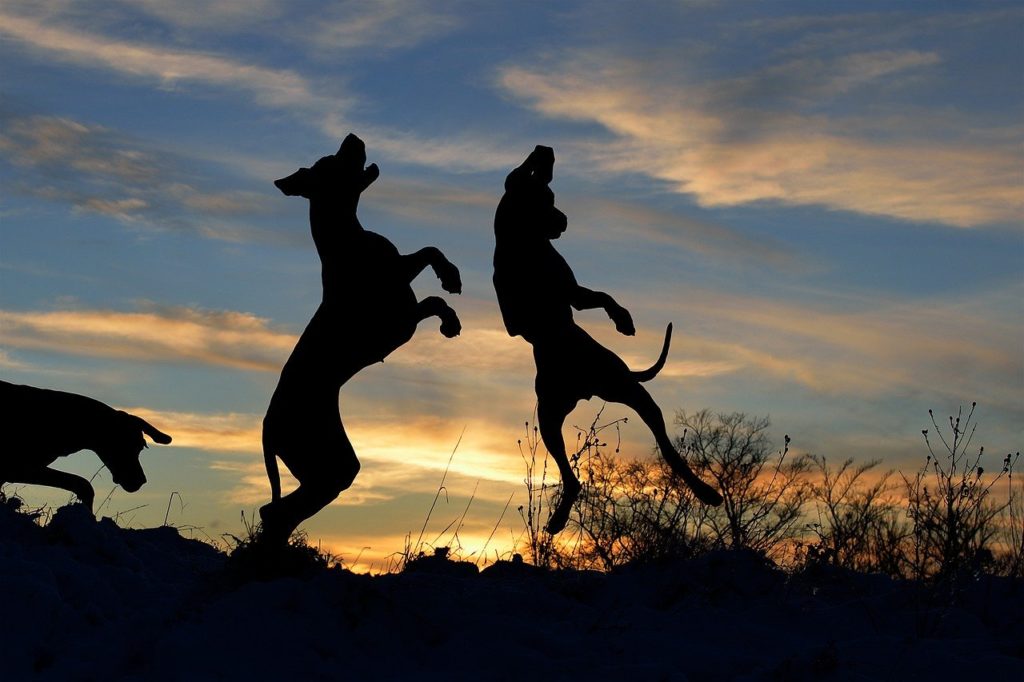
STEP ONE: MANAGE THE JUMPING UP BEHAVIOR
Practice makes perfect! A dog (or a puppy) that has been asked to jump up or encouraged to do so is a dog that is practicing the wrong behavior. If you want to stop your Great Dane from jumping up, you must first prevent the behavior.
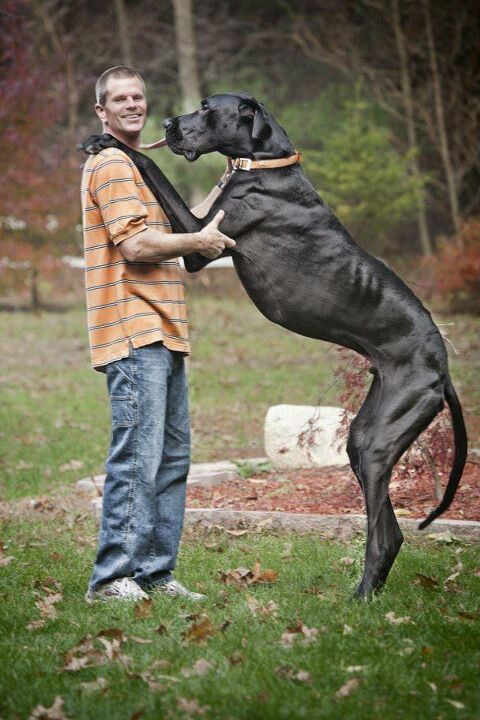
Manage the environment so that your dog isn’t regularly put into situations where jumping happens.
Lower anxiety, stress and excitement levels by keeping yourself calm, too.
This temporary restriction to freedom is necessary so that you can break the cycle and your dog can no longer practice jumping.
Management may mean putting your dog behind a gate or on a leash when guests come over, and never asking the dog to jump up onto your shoulders ‘just for fun’.
(Don’t worry, you’ll be able to do that again once your dog understands the difference between jumping up on command and jumping up at will).
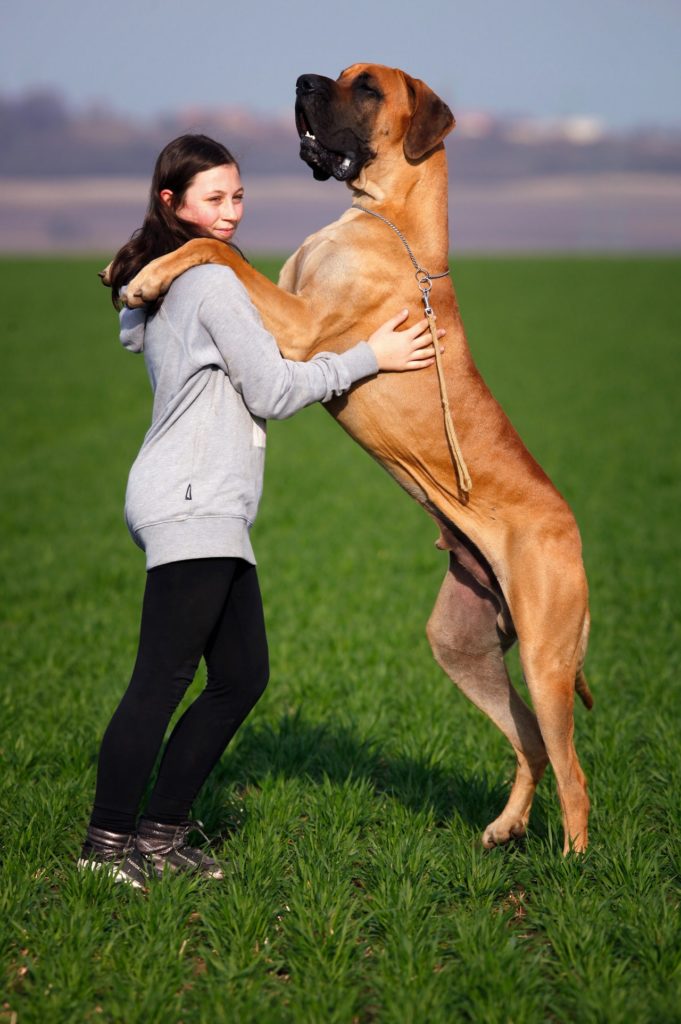
STEP 2: TEACH AND REWARD THE CORRECT BEHAVIOR
Before you can fairly fix the jumping problem, you must teach and reinforce (reward) the correct behavior. Instead of jumping, what should or could your Great Dane be doing instead?
Training Mistakes
Why is Leash Training so Hard?
5 Leash Training Tips
Puppy Training: 5 Mistakes in Training
What is Balanced Training?
E Collar Myths
What is an E Collar?
What is the Difference Between an E Collar and a Shock Collar?
Here are some ideas:
- Sit on a mat / place command
- Keep four feet on the ground
- Turn away from people
- Run to a crate and lay down in it when the doorbell rings
- Sit politely on your right or left side
- Grab a toy
- Touch their nose to the palm of your hand
All of these behaviors are easy to teach using positive reinforcement. Use treats, praise and play and make it fun. Do short training sessions and end on a positive note.
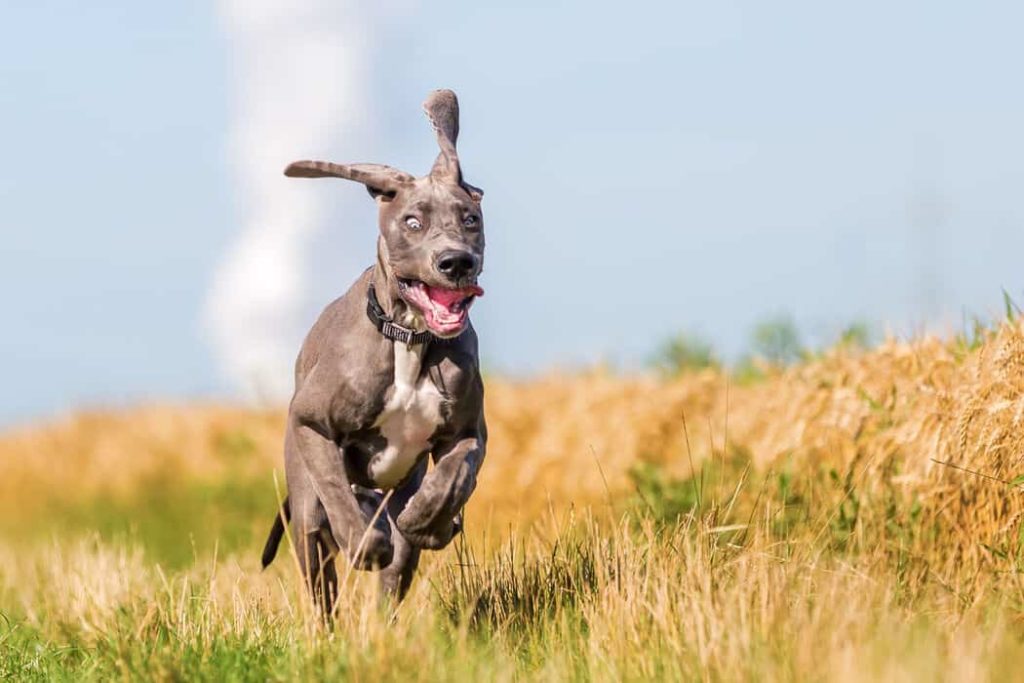
If you are properly e-collar training and have fully conditioned your dog on an EZ or Mini-Educator, you can also layer in gentle negative reinforcement to further strengthen the correct positively-trained behavior.
Here is a great video from Tom Davis (Upstate K-9) on teaching the ‘Place’ command with positive reinforcement:
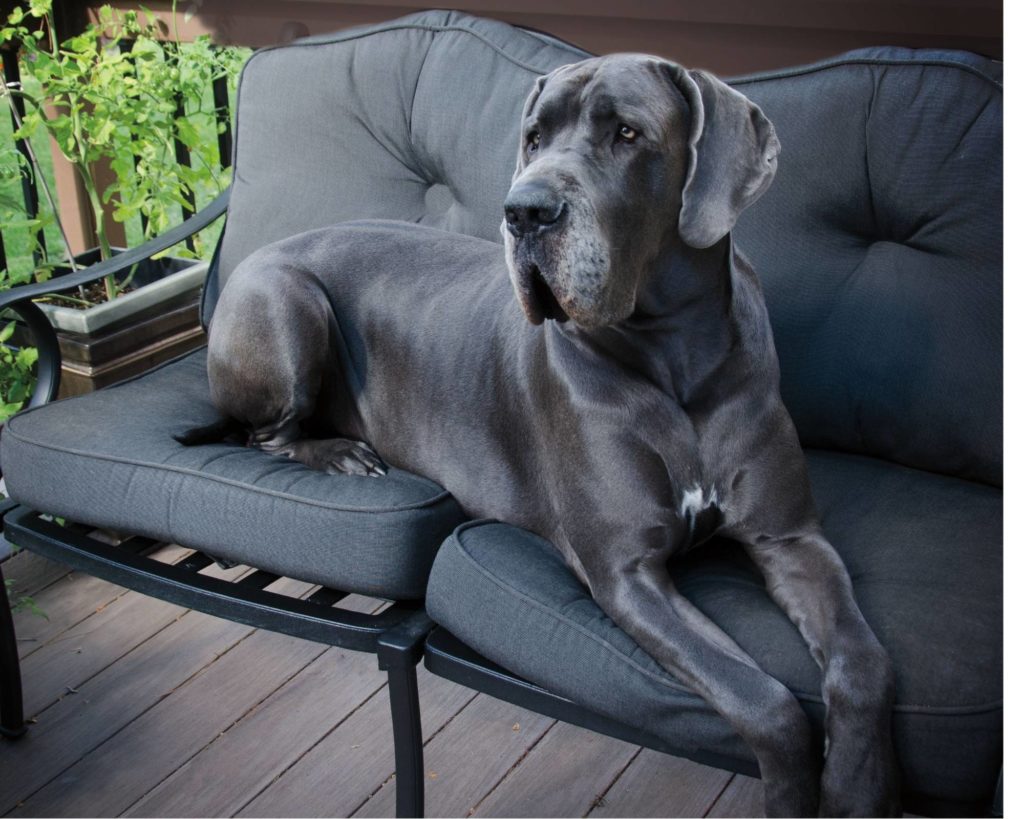
STEP 3 – MAKE THE JUMPING UP BEHAVIOR LESS REWARDING
Once you’ve reduced the behavior through management and spent time thoroughly teaching your dog the correct behavior, you can fairly and humanely correct the jumping. We’ve included 5 appropriate corrections for jumping below!
The goal with this step is to balance things so that it is more rewarding for the dog to go to a place or sit by your side than it is for them to jump on guests.
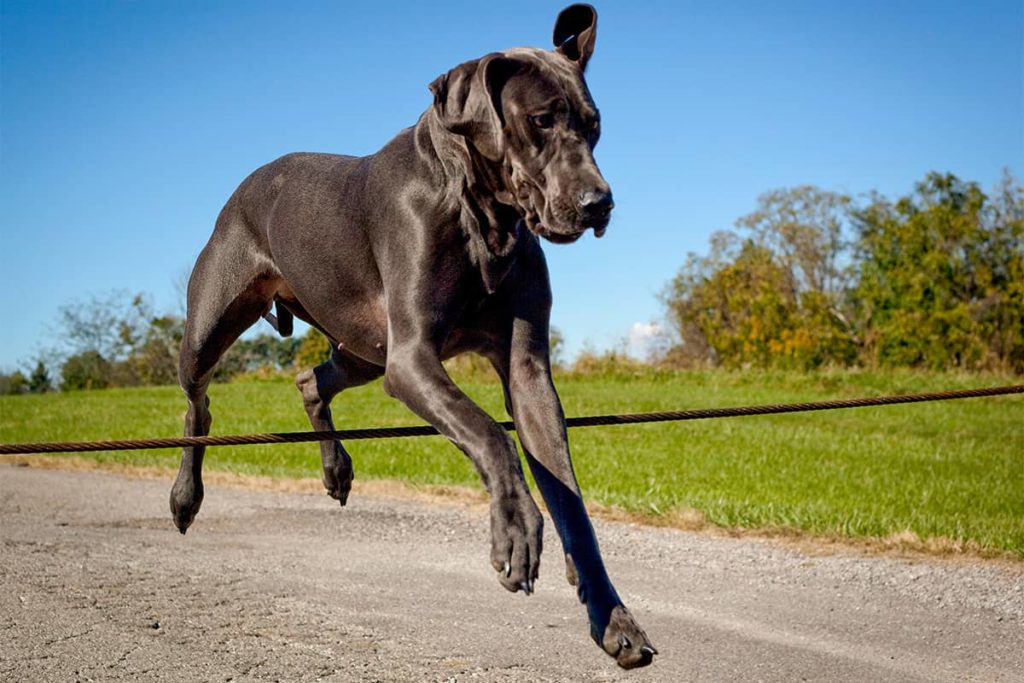
When your dog begins to jump:
- Immediately turn your back and walk away. Jumping = no attention.
- Sharply say ‘AH’ and apply a quick leash correction/pop. When the dog is then doing the correct behavior, praise and reward. This correction MUST be quick, snappy and deliberate. Constant pressure and escalating frustration will not work and will be a sign that the dog doesn’t know what to do instead.
- Bring a knee up to make it uncomfortable for the dog to jump. (Do not whack or knee your dog in the chest! Just bring the knee up and pair that with ‘Ah Ah’, then reward when the dog chooses the correct behavior).
- Walk into the dog as he/she starts to jump. This will allow you to use body pressure to discourage jumping before it starts.
- Following proper E-Collar training, apply E-Collar pressure then release the pressure as a reward. (Use this ONLY if you are using a real E-Collar, have studied the proper use and have fully conditioned your dog to the language of the collar. We recommend watching Larry Krohn & Tom Davis before using this tool and method.
We do not recommend:
Kneeing or Whacking the chest
Squirt bottles
Alpha rolls/pinning
Shock collars
‘Vibration or beep’
Holding the dog by the paws
Frustrated corrections of any kind
TEACHING A GREAT DANE PUPPY NOT TO JUMP
Great Dane puppies need to learn how to have calm interactions with people so that a jumping habit doesn’t develop.
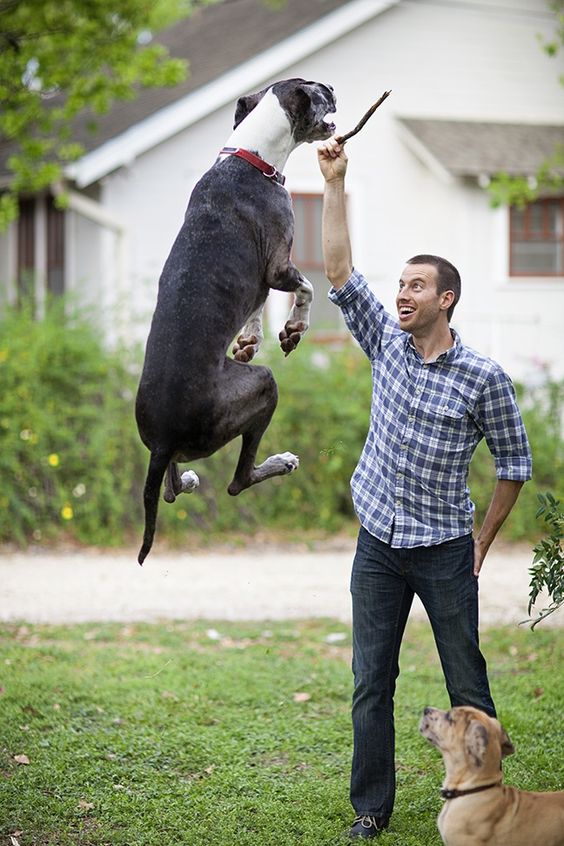
Never allow a stranger to come up, squeal in excitement and rile your puppy up! This is how you teach and encourage excitement and anxiety about people.
Advocate for your puppy.
Make sure that people are only giving your Great Dane puppy attention when they are calm and your puppy is calm. These interactions should be positive and gentle!
Do you have a jumping Great Dane? Share your story below!



